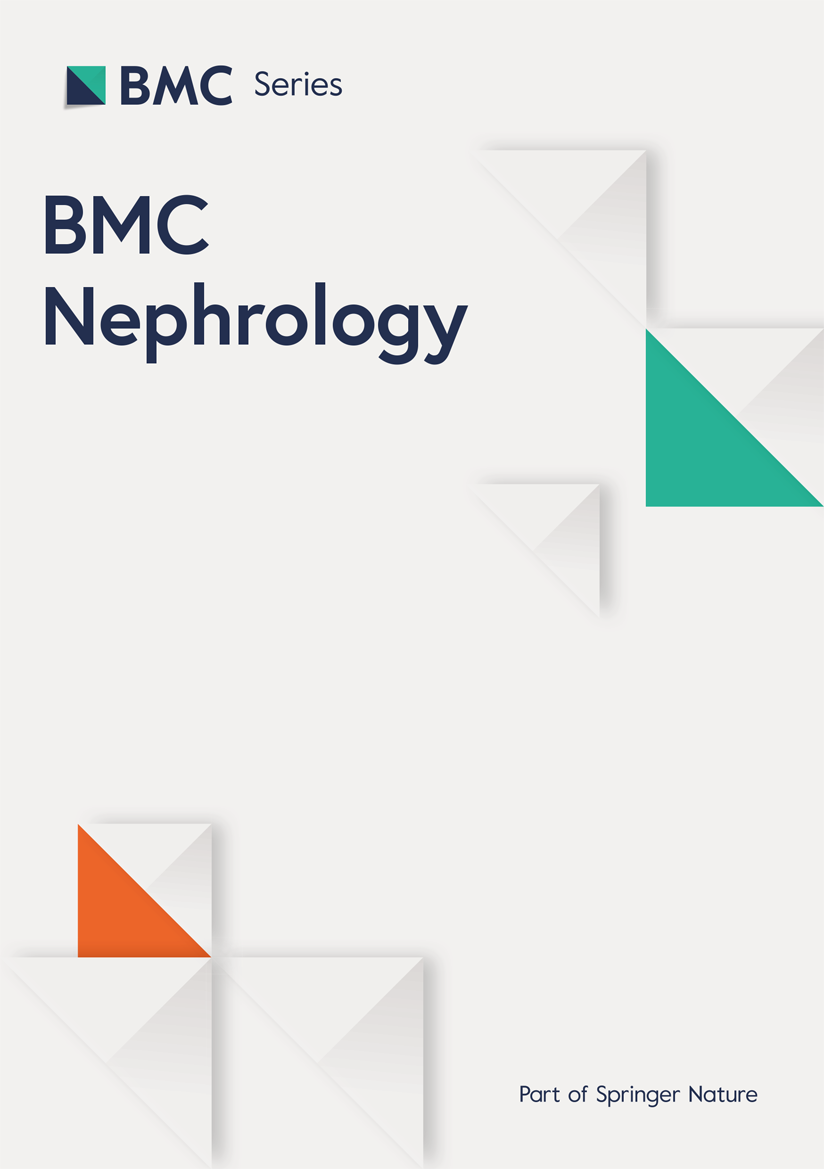Levin AS, Bilous RW, Coresh J. Chapter 1: definition and classification of CKD. Kidney Int Suppl. 2013;3(1):19–62.
Iliescu EA, Yeates KE, Holland DC. Quality of sleep in patients with chronic…

Levin AS, Bilous RW, Coresh J. Chapter 1: definition and classification of CKD. Kidney Int Suppl. 2013;3(1):19–62.
Iliescu EA, Yeates KE, Holland DC. Quality of sleep in patients with chronic…